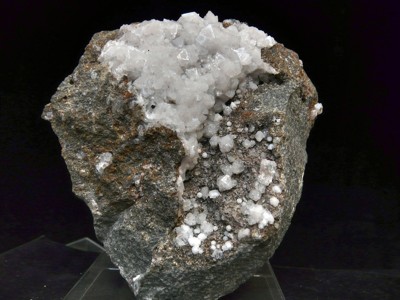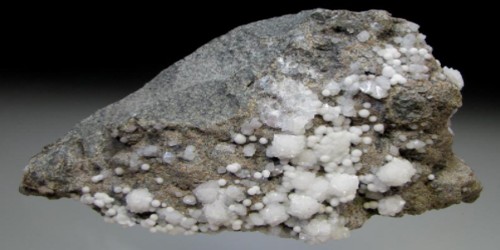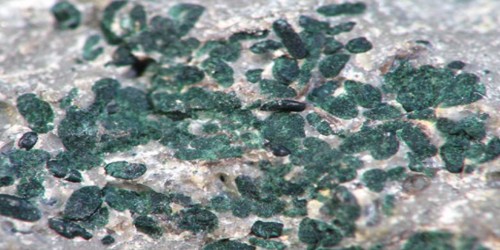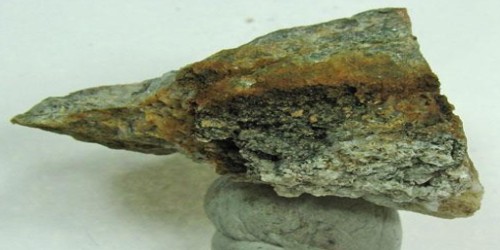Gismondine is a mineral with the chemical formula CaAl2Si2O8·4(H2O). It is a zeolite or hydrated alumino-silicate. It is a native hydrated silicate of alumina, lime, and potash, first noticed near Rome. It forms colorless, bipyramidal crystals of orthorhombic symmetry. It is not Radioactive.
Gismondine was named for Italian mineralogist Carlo Giuseppe Gismondi (1762–1824). It has been found in Iceland, Ireland, and Italy.
General Information
- Category: Zeolite minerals
- Formula: CaAl2Si2O84(H2O)
- Crystal system: Monoclinic
- Crystal class: Prismatic (2/m) (same H-M symbol)

Fig: Gismondine
Properties
Gismondine forms colorless, bipyramidal crystals of orthorhombic symmetry; it is a hydrated calcium aluminosilicate. The gismondine framework topology consists of two sets of intersecting, doubly connected 4-membered rings linked into double crankshaft chains, like those of phillipsite.
- Luster: Vitreous
- Color: Colorless to white, very pale pink.
- Streak: White
- Hardness: 4 – 5 on the Mohs scale
- Cleavage:{101} Imperfect
- Density: 2.26
- Diaphaneity: Transparent to translucent
Occurrence: In cavities in nepheline and olivine basalt and leucite tephrite. Gismondine occurs in silica-undersaturated environments, whether in basalt cavities or as late-stage hydrothermal alteration phases. Because it is intimately associated with phillipsite, it is likely that the temperature at which crystallization occurs is between 25°C, surface conditions, and about 90°C
Association: Zeolites, calcite, chlorite, quartz.
Information Source:
















